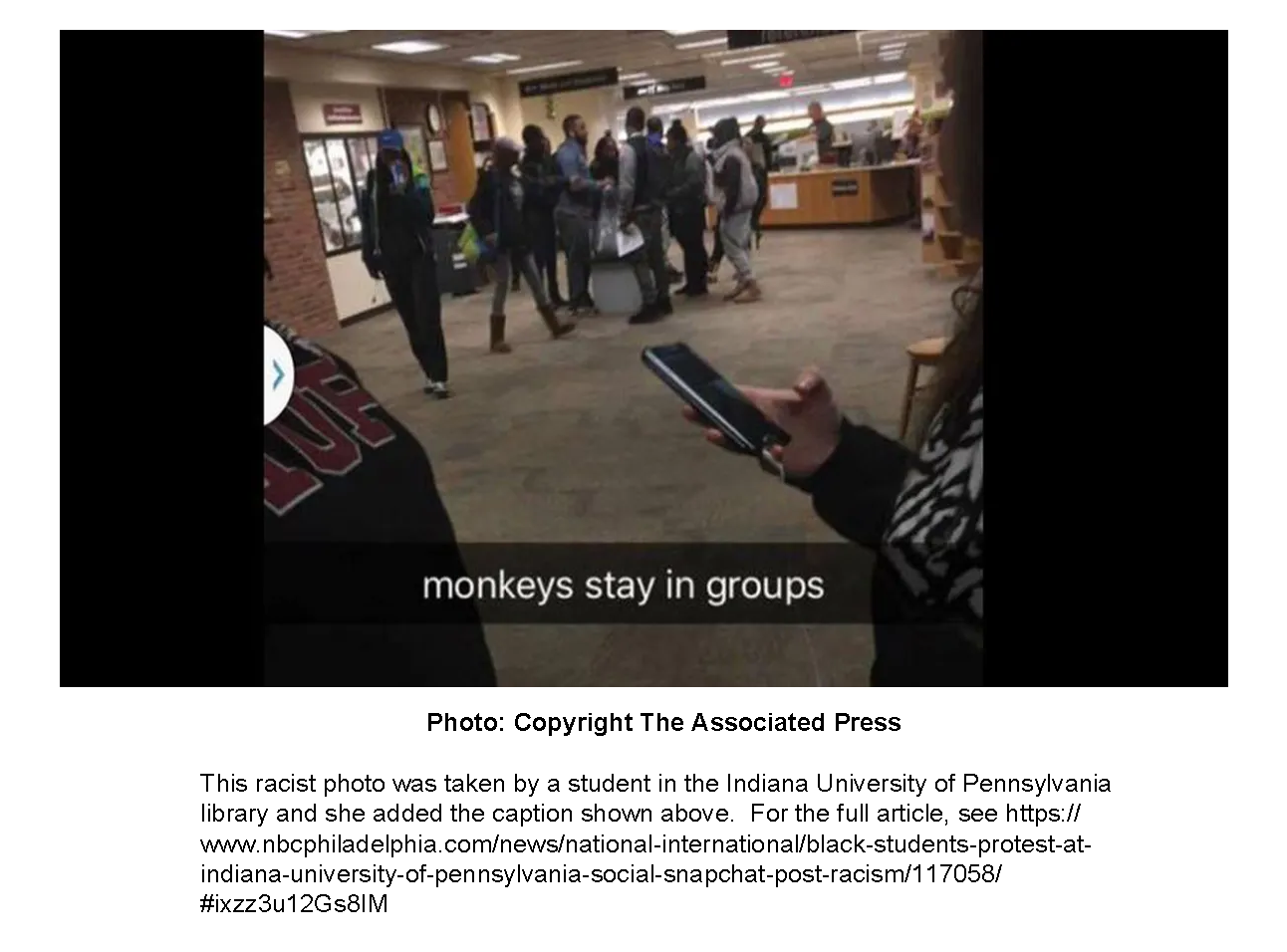Don't Expect Justice from the Pennsylvania Human Relations Commission (PHRC)
Across Pennsylvania, residents who believe they’ve faced discrimination in employment, housing, education or public accommodations turn to the Pennsylvania Human Relations Commission (PHRC) for help. Yet, their complaints are overwhelmingly dismissed without meaningful investigation. In 2024, not a single discrimination complaint was upheld by the PHRC’s Pittsburgh office. Statewide, the PHRC found “probable cause” in only 2% of cases—a shocking drop from 9% in 2020 and 42% in 1957. Based on my experience working inside the agency, I can confirm that these failures are real—and fixable.
A Brief History
In 1955, just one year after the U.S. Supreme Court’s decision in Brown v. Board of Education, Pennsylvania passed its first anti-discrimination law. Expanded in 1961 to include housing and education, that law evolved into the Pennsylvania Human Relations Act (PHRA), enforced by the PHRC. In its first two years, the PHRC found probable cause to believe discrimination occurred in more than 42% of the cases it investigated. That early success has completely evaporated.
What I Saw Inside the PHRC
As an Attorney II within the PHRC’s Office of Chief Counsel (OCC), I reviewed petitions from individuals appealing their “no probable cause” (no-PC) determinations. These determinations meant that the PHRC had found no legal basis to believe discrimination occurred. Our team of OCC attorneys was authorized to recommend overturning a no-PC decision only if the PHRC investigator had made an error of law, an error of fact, or if new evidence had emerged.In over 90% of the appeals I reviewed, I found significant investigative flaws — flaws serious enough to warrant reversal and a full reinvestigation. Despite this, PHRC management discouraged detailed legal analysis and effort. I was told to keep my memos under five pages, write at an eighth-grade reading level, and stay within a strict 37.5-hour workweek — even though many cases spanned years of investigation, included multiple legal claims and I was prepared to volunteer 20+ hrs/wk.
Five Ways Investigations Go Wrong
- Misuse of Comparators – A comparator is a person in a similar situation whose more favorable or less favorable treatment can suggest that discrimination occurred or did not. Comparators are often essential to identifying discrimination, but PHRC investigators often picked inapplicable or irrelevant ones. This is a nuanced legal concept, yet investigators are not attorneys and receive insufficient training.
- Avoiding the McDonnell Douglas Framework – This legal test, established by the U.S. Supreme Court, helps infer discrimination when direct evidence (such as racial slurs) is missing. Many investigators skipped using it entirely or applied it incorrectly — raising the legal standard for proving discrimination far above what the constitution requires.
- Poorly Drafted Requests for Information (RFIs) – Investigators routinely sent unclear or irrelevant RFIs to complainants and employers. When responses were confusing or incomplete, investigators used the resulting lack of evidence against complainants.
- Deference to Defense Counsel – Non-lawyer investigators were expected to exchange legal arguments and evidence with highly skilled corporate attorneys. Predictably, they often adopted the company’s version of events, lacking the skills or confidence to push back effectively.
- Inadequate Legal Training – PHRC managers effectively admitted that their investigators do not always understand the legal principles governing their work. Despite this, the OCC was discouraged from providing deep legal oversight.
Why My Results Were Different
My reversal rate was dramatically higher than my peers’, not because I used different standards, but because I simply spent more time on each case. A supervisor told me other attorneys spent only 20% of the time I did on any given appeal. Instead of urging others to dig deeper, OCC leadership pressured me to speed up and simplify my work.
Three Simple Fixes
Before leaving the PHRC, I presented leaders with a straightforward plan:
- Embed OCC Attorneys in Investigations – Legal experts should assist with strategy, legal theory, and RFIs from the beginning — not just at the end.
- Dedicate Time for Legal Review – OCC attorneys must be allowed sufficient time — up to 20 hours per case — to assess complex complaints and ensure legal accuracy.
- Increase Resources – Without more funding and staffing, the PHRC cannot meet its constitutional and statutory obligations.
Final Thought
Discrimination in Pennsylvania has not disappeared—but justice through the PHRC has. Undertrained investigators, overwhelmed attorneys, and procedural shortcuts are denying relief to people the PHRC was created to protect. Fortunately, we don’t need to reinvent the system — we just need to support it with lawyers, time, and the will to improve.The PHRC was created out of an historic struggle to ensure equal protection under law. It can still fulfill that mission — but only if we act now.
About the Author: Alson Clayton Alston in an attorney in private practice, specializing in discrimination, contract, employment, defamation and personal injury law. After working for the PHRC, he returned to private practice and now provides free consultations to walk-in community members, three days a week. You may contact him at: https://www.AlAlstonLaw.com and ACAlstonLaw@BecomeMyLawyer.com.
